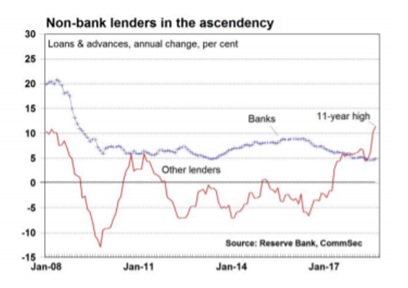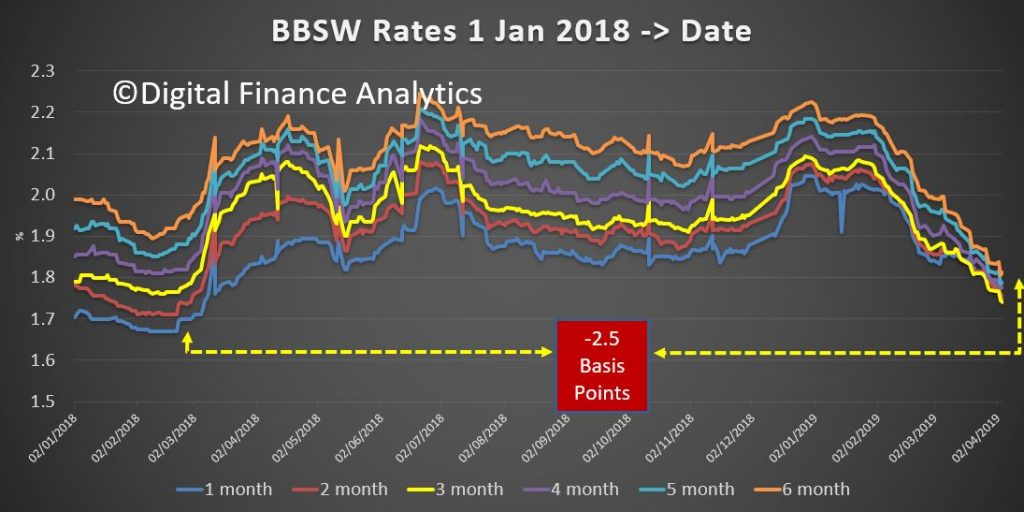The Mortgage and Finance Association of Australia (MFAA) has released a report examining the broker channel’s performance over the past six months; via AustralianBroker.

The eighth edition of the Industry Intelligence Service Report (IISR) drew on data supplied by 12 major aggregators from October 2018 to March 2019.
While the the broker channel achieved a record high market share of 59.7% during the period, it settled just $87.56bn in home loans – the lowest six-month value recorded since the MFAA commenced reporting in 2015, down 10.32% on the previous year.
The average value of new home loans settled per broker also continued to decline but at a rate “far greater than ever before,” down 10.66% on the year before.
The number of loan applications also reached never before charted territories, with applications down 8.53% from the period before and 13.39% year-on-year.
Further, the average number of applications lodged per broker declined across all states excepting Tasmania.
The broker population is down from the record high of 17,040 industry participants, with the net industry turnover – accounting for those joining and leaving the industry, as well as those moving between aggregators – up to 10.9% from 9.6% a year ago.
Notably, despite the proportion of new female recruits increasing by 10% compared to new male recruits, the population of female brokers declined over the six months, down 1.79%.
All of these factors contributed to a fall in the average total broker remuneration “to the lowest levels ever observed” by the IISR.
Average combined remuneration has dropped 3.49% from the last six month period and is down 3.08% year on year. Compared to the high of April to September in 2016, it’s down 9.64%.
The report linked the decline to the lower upfront commissions as trail increased across all states.
The MFAA reiterated throughout the report that the inhospitable credit environment did not only impact the broker channel, as the value of home loans settled directly with lenders was down 15.71% from the last six months and 19.1% from the year before.








